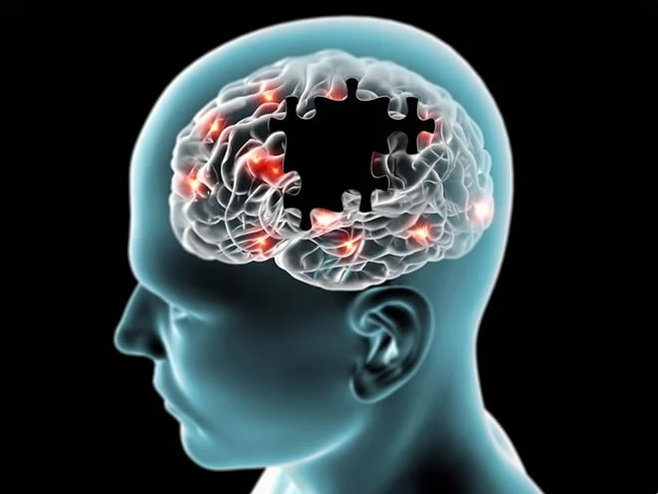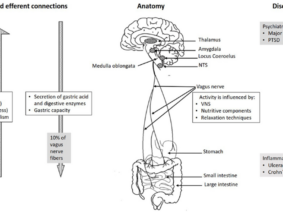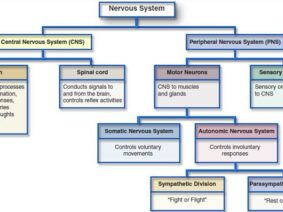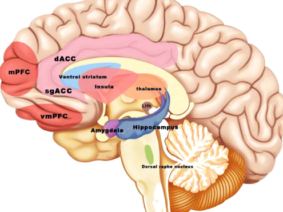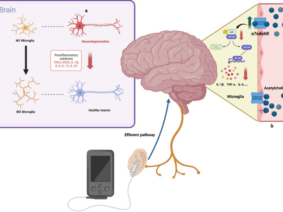Alzheimer’s disease (AD) is a progressive neurodegenerative disorder that affects the brain, leading to cognitive decline and memory loss. It is the most common cause of dementia, accounting for 60-70% of all dementia cases. AD is characterized by the accumulation of abnormal proteins in the brain, including beta-amyloid plaques and tau tangles, which disrupt communication between brain cells and ultimately lead to cell death.
In the pursuit of effective interventions for Alzheimer’s disease (AD), researchers are increasingly turning their attention to innovative approaches that target the intricate mechanisms underlying this debilitating condition. Among these emerging strategies, transcutaneous vagus nerve stimulation (tVNS) has garnered considerable interest for its potential to modulate the brain-gut-microbiota axis, offering new hope for AD patients and their caregivers.
The Potential of tVNS:
A recent paper has delved into the promising realm of tVNS as a novel therapeutic avenue for AD. Through a meticulous review of pertinent studies, the authors have unveiled intriguing insights into how tVNS could impact the signaling pathways of the brain-gut-microbiota axis. By influencing factors such as NTS function, gut microbiota composition, inflammation levels, brain plasticity, and the HPA axis, tVNS holds the promise of alleviating or even preventing the cognitive dysfunctions synonymous with AD.
Beyond its efficacy, the authors also underscore the cost-effectiveness of tVNS as a therapeutic modality for AD, offering a ray of hope for patients and healthcare systems alike. Furthermore, recent investigations have unveiled an additional dimension to tVNS’s potential benefits. Prefrontally modulated vagal neuroimmunomodulation, facilitated by tVNS, has shown promise in impacting biological aging by influencing telomere length. This finding further bolsters the case for tVNS as a formidable contender in the fight against AD.
Supporting Research and Declarations:
It’s worth noting that the study was supported by esteemed institutions such as the National Natural Science Foundation of China and the Tianjin Appropriate Technology Promotion Project for Chinese Medicine Rehabilitation Services. Additionally, the authors have diligently declared no conflicts of interest related to their research, underscoring the integrity and impartiality of their findings.
As the global burden of AD continues to escalate, the quest for effective treatments has never been more urgent. In this context, tVNS emerges as a beacon of hope, offering a multifaceted approach to AD intervention that targets the intricate interplay of the brain, gut, and microbiota. With its potential to alleviate cognitive impairments, its cost-effectiveness, and its implications for biological aging, tVNS holds immense promise as a transformative therapy for AD.
As research in this field continues to unfold, the journey toward unlocking the full potential of tVNS in mitigating AD promises to be both exciting and impactful. Through collaborative efforts and unwavering dedication, we stand poised to usher in a new era of hope and healing for those affected by this devastating disease.
References
Frontiers in Aging Neuroscience. (2024, February 27). Transcutaneous vagus nerve stimulation: A new strategy for Alzheimer’s disease intervention through the brain-gut-microbiota axis? In Alzheimer’s Disease and Related Dementias (Vol. 16, 2024). https://doi.org/10.3389/fnagi.2024.1334887
